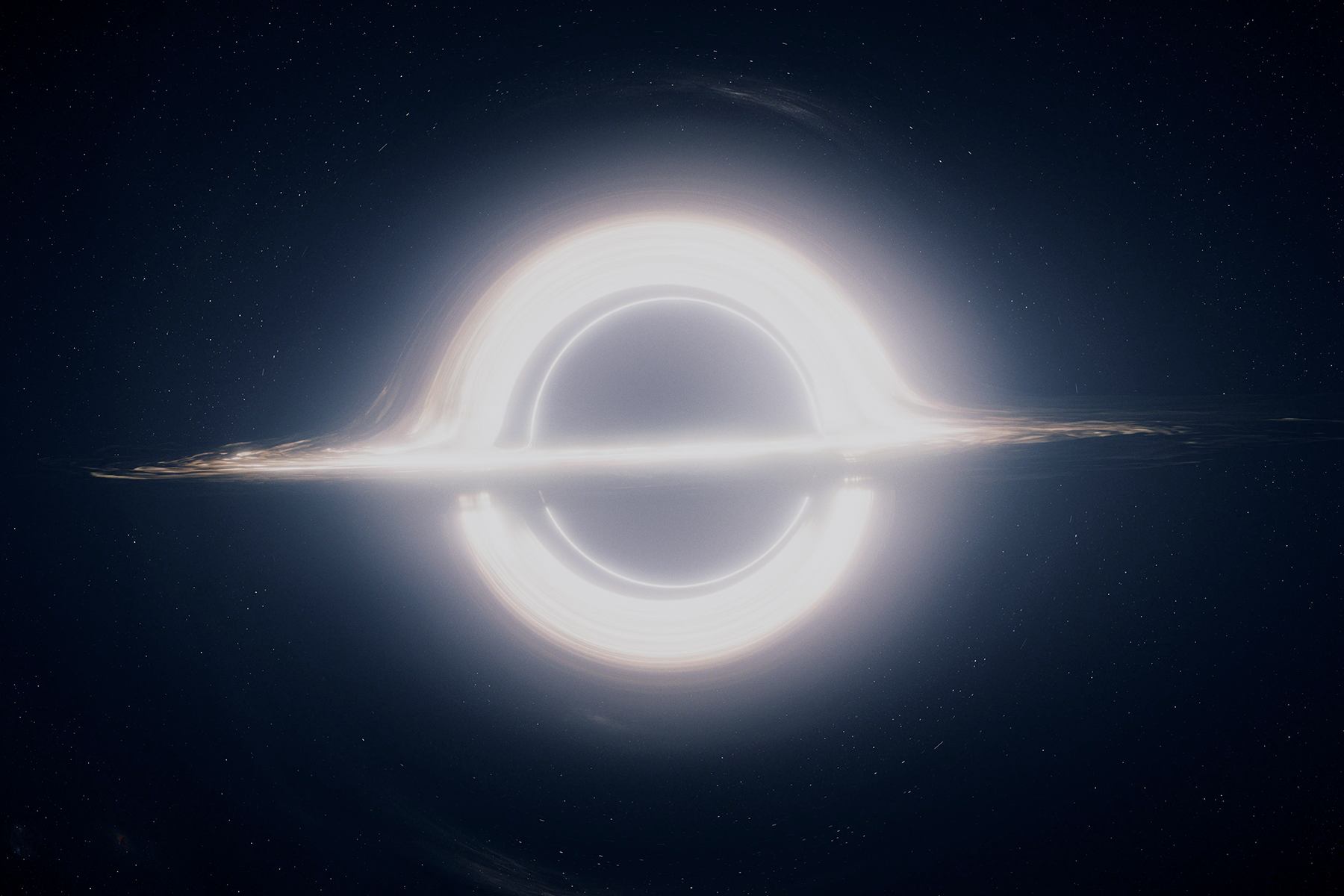RajeshTrivedi
Valued Senior Member
Farsight, it is difficult to resolve your problem qualitatively...you know the maths, but you are keeping it away, why ??
\frac{dt1}{dt2} =\sqrt{\frac{1-\frac{rc}{r1}}{frac{1-\frac{rc}{r1}}}
Some problem in formula display..It is actually
dt1/dt2 = Sqrt[(1-rc/r1)/(1-rc/r2)].
You know rc stands for EH radius in case of BH....With this where is the problem ?
proper time interval makes no qualitative sense for reference frame at or inside EH.
I have my own issues with BH, but this is not about BH, this is standard time variability in various frames.
\frac{dt1}{dt2} =\sqrt{\frac{1-\frac{rc}{r1}}{frac{1-\frac{rc}{r1}}}
Some problem in formula display..It is actually
dt1/dt2 = Sqrt[(1-rc/r1)/(1-rc/r2)].
You know rc stands for EH radius in case of BH....With this where is the problem ?
proper time interval makes no qualitative sense for reference frame at or inside EH.
I have my own issues with BH, but this is not about BH, this is standard time variability in various frames.
Last edited:


